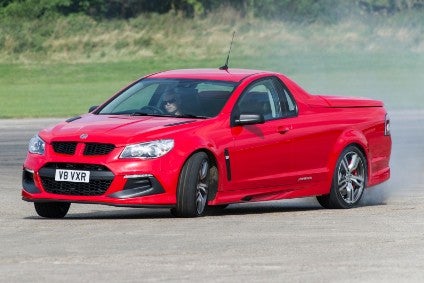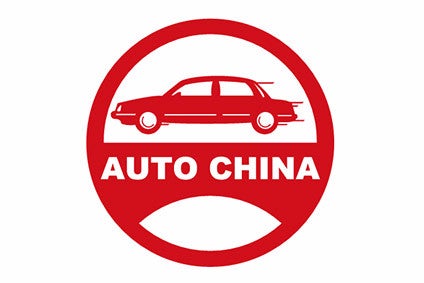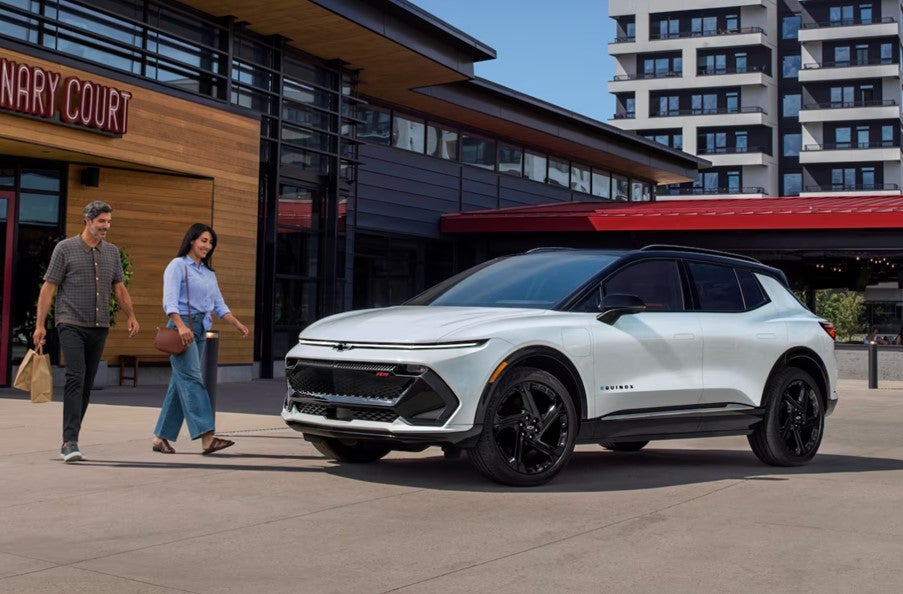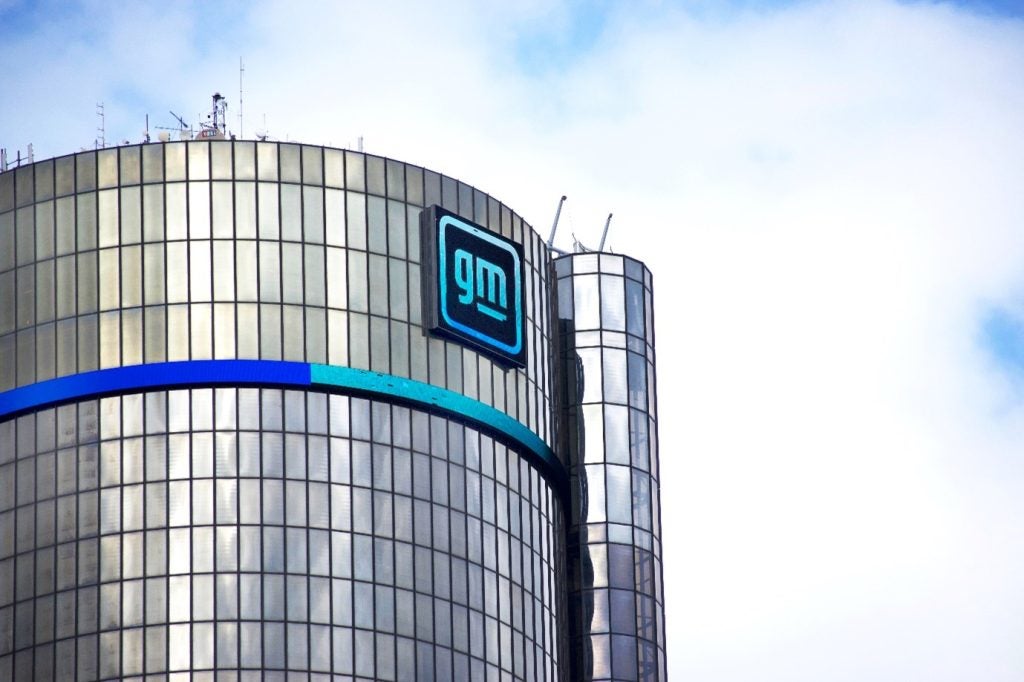
The last rear-wheel drive vehicle to be manufactured in Australia will be produced on 20 October. This also means the end of an era for a vehicle which Vauxhall, but never Opel, has sold in tiny numbers: the V8-engined Maloo pick-up.
Let’s avoid the usual cliches about Fosters and other supposed typical Australian things.
A V8 Holden ute is about as mainstream in the Australia of 2017 as the Vauxhall Cascada is here.
V8-engined utes are about as mainstream in the Australia of 2017 as the Cascada is here. Sure, we all know the convertible Vauxhall exists but do we know anyone who has bought one? By no means is either Vauxhall a bad car; it’s just that each is a rarity.
From a distance of 17,000km, driving a Maloo is a somewhat exotic treat, whereas in the part of the Europe-sized continent from where I hail, it’s the equivalent of arriving at Glyndebourne in a stretched Hummer. People do arrive at the Sydney Opera House in Holdens. But these are mainly taxis.
Therein explains the demise of the once but a long time ago now traditional Australian RWD six and eight-cylinder sedan, wagon and ute. The world is a different place, there are new generations with loyalties to other brands and other sorts of vehicles. You could even say that the Toyota HiLux and Ford Ranger are Australia’s favourite family cars now, along with the Corolla, Hyundai i30, Mazda3 and a few other Japanese or Korean brand models.
Holden isn’t what it was. Nor is Vauxhall. Times change and brands are reinvented. We don’t yet know what’s ahead for the cars with griffin badges (or lightning logos) on their steering wheels and grilles although for the moment, Groupe PSA appears to be leaving Opel-Vauxhall’s product plans in place. As for Holden, its future lies with both GM Korea and Opel-Vauxhall. The next big car range will be built in Germany and based on the Insignia, which means an end to any form of RWD ute.
How well do you really know your competitors?
Access the most comprehensive Company Profiles on the market, powered by GlobalData. Save hours of research. Gain competitive edge.

Thank you!
Your download email will arrive shortly
Not ready to buy yet? Download a free sample
We are confident about the unique quality of our Company Profiles. However, we want you to make the most beneficial decision for your business, so we offer a free sample that you can download by submitting the below form
By GlobalDataEven before the instability of the local currency, a lack of decent volume export destinations and the general trend away from sedans (and wagons and utes) did for GM Holden, Toyota and Ford’s Australian factories, all three OEMs had become reluctant to invest in new products. The basic architecture of what in the UK is the Vauxhall Maloo VXR8 dates back a long time. In short, Holden had the same problem as Ford: the business case for a fresh RWD/AWD architecture simply couldn’t be made, given the potential manufacturing volumes.
It’s a major head-turner and people seem to know what it is.
All of the above makes spending any time with, or even just seeing one of the last Aussie muscle utes a special occasion. It’s a major head-turner and people seem to know what it is, although that is greatly helped by the press car’s registration plate and the burbly exhaust emitted from those four shiny tailpipes.
The latest, and final version, the LSA, packs a 544PS and 671Nm supercharged 6.2-litre V8 under its bonnet, which compares to only 431PS and 570Nm for the old LS3 engine. As well as the Eaton four-lobe supercharger, changes extend to a stand-alone water-to-air charge-air cooling system and high-flow exhaust system with, wait for it, ‘bi-modal exhaust function’. And what a noise that makes!
You probably wouldn’t want to risk scratching the tray of the covered pick-up bed but throw down some drop-sheets and it’s possible to haul as much as a legal 540kg of cargo. Cargo? Yes, believe it or not, HM’s Treasury classes the Maloo as a commercial vehicle which makes the steep entry price of GBP54,200 (less VAT) seem a fair bit less daunting for a business user. This is also the UK’s fastest LCV.
Using launch control is a great way to damage the transmission and shred tyres.
Holden and Holden Special Vehicles tweaked the chassis with various upgrades, including stiffer springs and dampers which do a fine job of keeping body roll something you don’t seem to have to worry about. Certainly, it’s a more civilised monster than I remember the LS3-engined Maloo being. Using launch control is a great way to damage the transmission and shred tyres so most owners probably won’t be activating that too often.
The interior consists of just two seats but there is some space behind each for storing gear and even though the central tunnel is wide, in no way would most people feel at all cramped. There is oodles of headroom, all the controls are GM-generic (a good thing) and the only oddity is the indicator stalk on the right-hand side. In fact, for a car with origins that can be traced to the 2000s, it’s stayed remarkably contemporary.
Even with the high pricing, Vauxhall Motors will have no trouble finding owners for this last-in-series example of its imported power pick-up. To some of us, it seems a bit strange to think of any Holden as a true exotic and classic of tomorrow but that is exactly what the 2017 Vauxhall Maloo LSA is.







